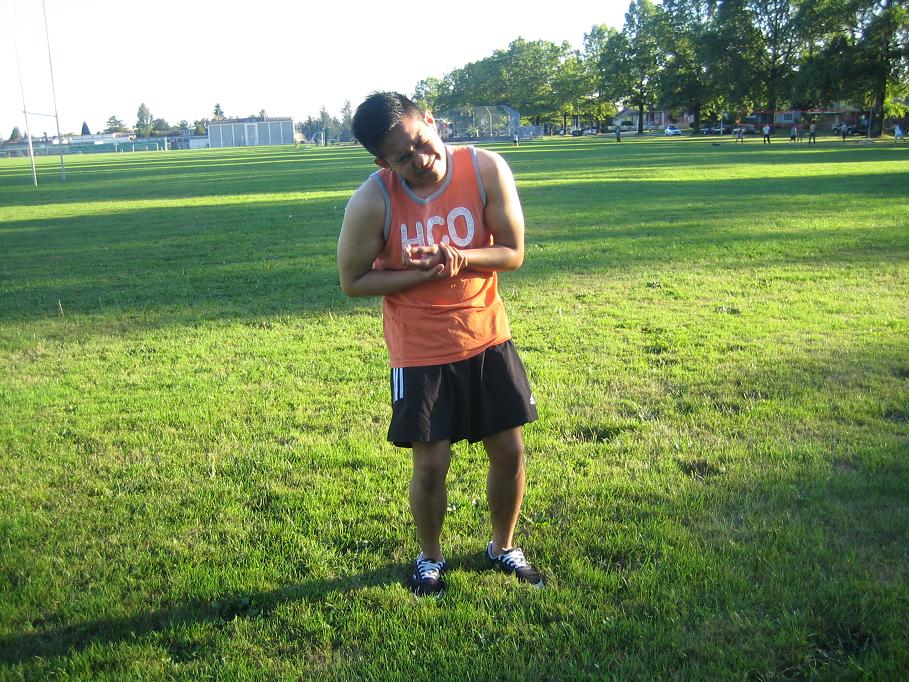Papular eczema is a variant of atopic dermatitis which is a lingering skin ailment characterized by an itchy rash. This condition unreasonably affects individuals with Asian and African descent and uncommon among Caucasians. The condition does not have a cure and possesses common features with other forms of eczema.
https://www.youtube.com/watch?v=DVRVnvlvUPA
What are the signs?
The distinct sign of papular eczema is the spread of small-sized pinhead bumps or papules on the skin. They might have a bright or dull red color and typically develop on the flexor surfaces of the extremities.

The skin condition has been misdiagnosed as folliculitis. The papules are oftentimes filled with fluid which leads to weeping lesions especially if they rupture from repeated scratching.
What are the possible causes?
Until today, the precise cause of papular eczema has not been determined. It might be instigated by a combination of irritated, dry skin and some form of dysfunction of the immune system. Emotional disorders and stress can lead to the worsening of the symptoms but will not cause the condition. Even though not completely studied, a genetic predisposition is likely.
Management of papular eczema
Even though there is no available cure for papular eczema, a variety of drugs and therapies can provide symptomatic relief such as phototherapy. This involves exposing the skin lesions to regulated levels of ultraviolet A or B light as well as medications such as corticosteroid creams or ointments, antibiotics, oral antihistamines, immunodulators and oral corticosteroids.
What are the possible complications?
If the condition is left untreated, papular eczema might progress into neurodermatitis which is a condition where patches of the affected skin become dense and leathery. If the individual repeatedly scratches the lesions, it increases the risk for infection.

